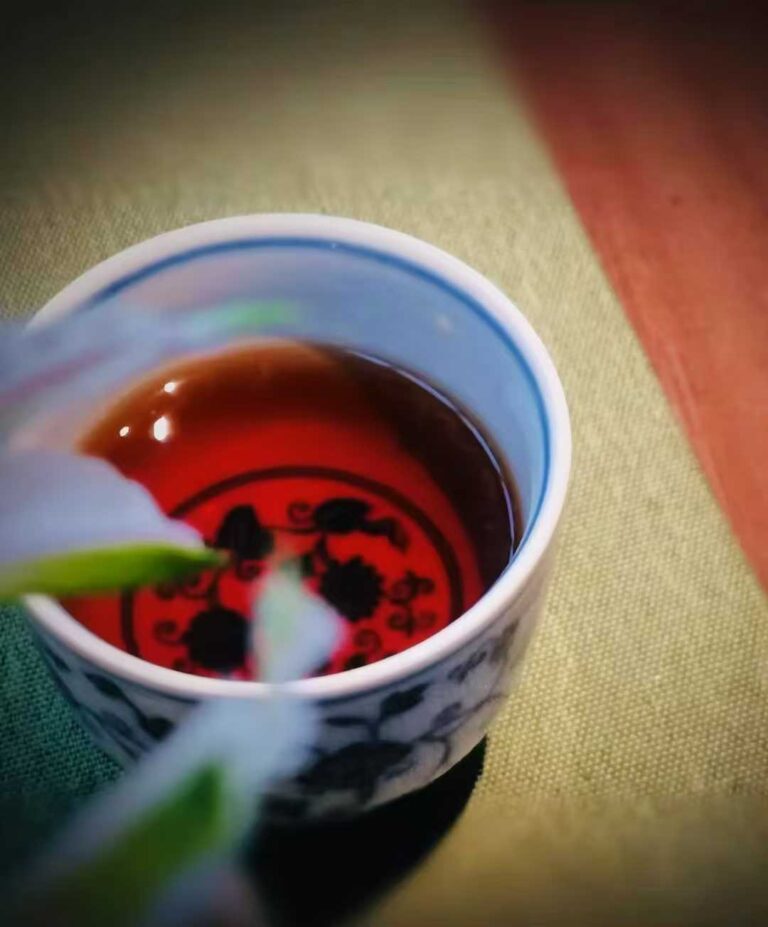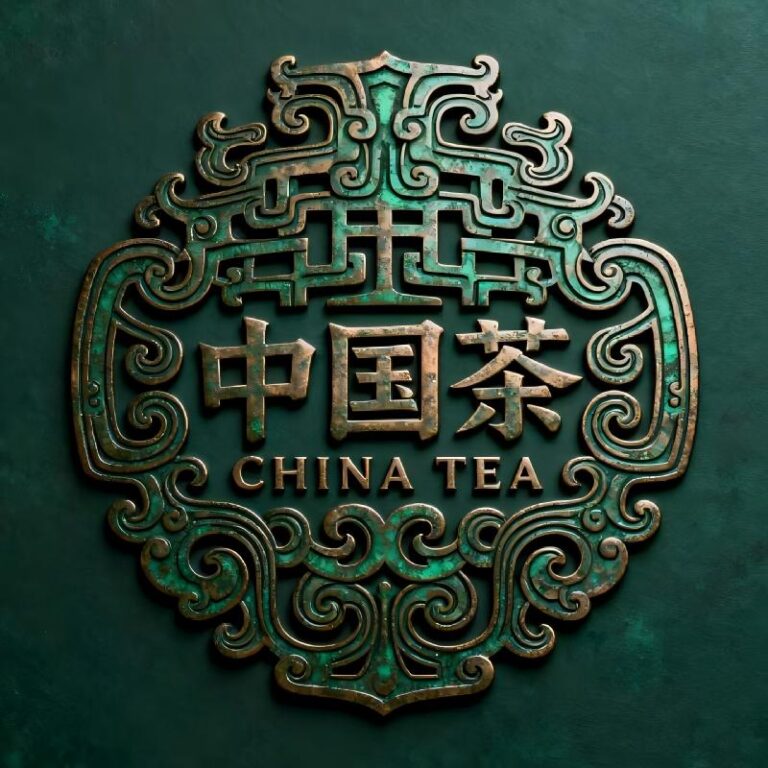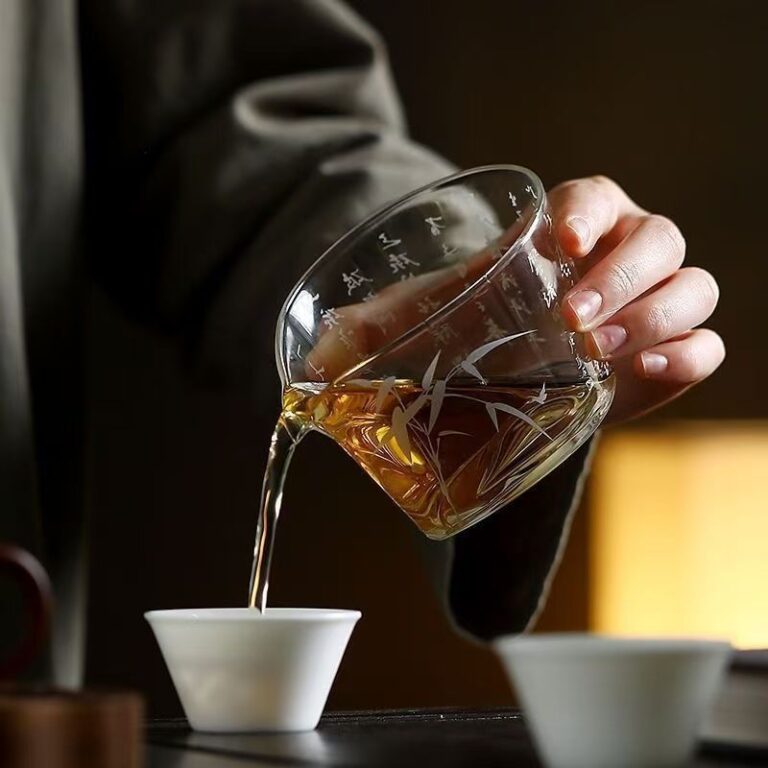Free Shipping On Orders Over $59
Chinese tea culture boasts a history of over 4,700 years, and as the birthplace of global tea culture, it has nurtured countless extraordinary tea treasures. Among these treasures, China’s top 10 famous teas stand out as the most iconic representatives—each carrying unique regional flavors, age-old crafting techniques, and rich cultural stories. Whether you’re a tea enthusiast eager to deepen your knowledge or a beginner looking to explore the world of Chinese tea, this complete guide will take you on a journey through China’s top 10 famous teas. We’ll cover everything from their origin-specific traits and historical backgrounds to professional tasting tips and brewing methods, helping you discover the tea that perfectly matches your taste preferences.
Green Tea Series
- West Lake Longjing – The King of Green Tea
- Origin: Mountainous areas around West Lake, Hangzhou, Zhejiang Province
- Characteristics: Flat and straight shape, bright yellow-green liquor, fresh and elegant aroma
- Best Brewing Method: Use 85°C water and a glass teacup to brew; watch the elegant “one flag and one spear” (each leaf with one bud) appearance of the tea leaves
- Selection Tips: Authentic pre-Ming Dynasty Longjing (picked before the Qingming Festival) has a unique “bean-like fragrance” and intact, uniform leaves
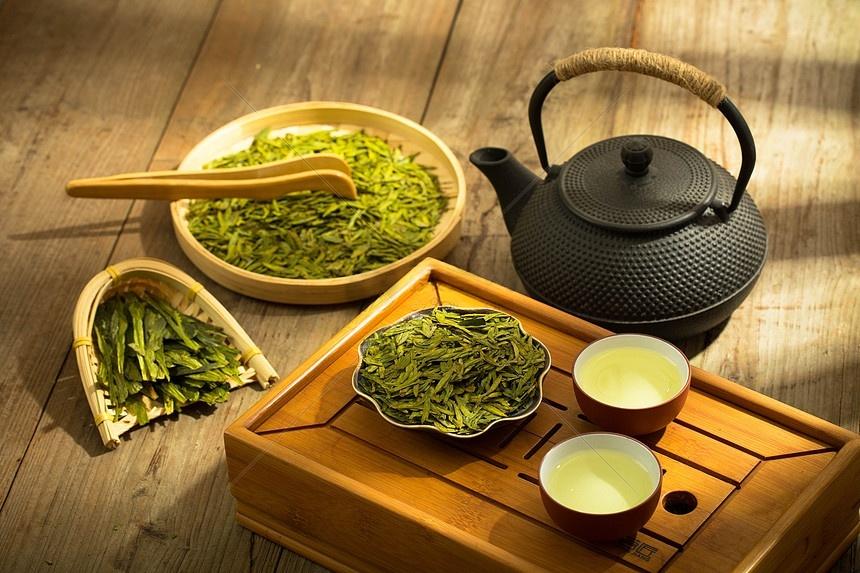
- Biluochun – Representative of Floral & Fruity Aroma
- Origin: Dongting Mountain by Taihu Lake, Suzhou, Jiangsu Province
- Features: Twisted into a snail-like shape, silvery green with hidden emerald, and a natural floral-fruity aroma
- Historical Story: During his southern tour, Emperor Kangxi of the Qing Dynasty tasted this tea, renamed it “Biluochun” (literally “Green Snail Spring”), replacing its original name “Xiasharenxiang” (meaning “scent that surprises people”).
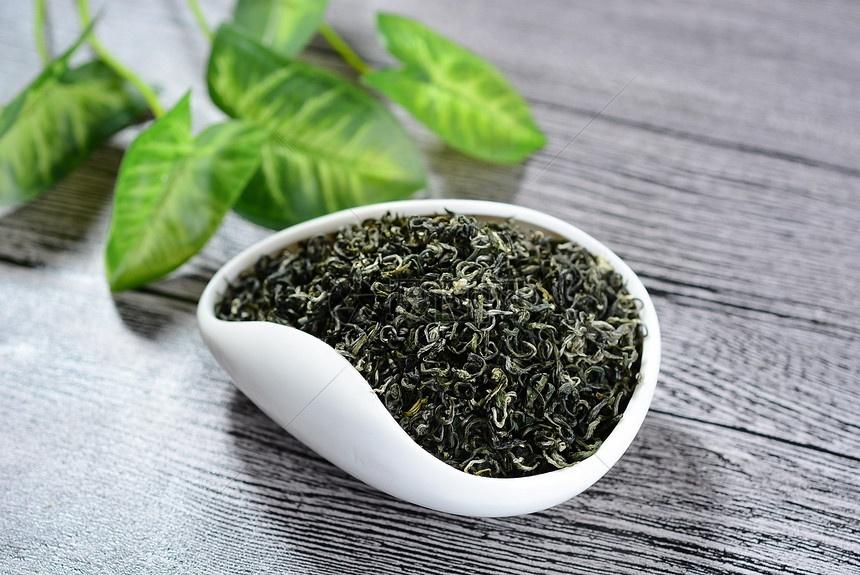
- Huangshan Maofeng – A Treasure Nurtured by Sea of Clouds
- Origin: Huangshan Scenic Area, Anhui Province
- Quality Traits: Plump buds, visible silver fuzz, fresh and mellow taste with a sweet aftertaste
- Ecological Environment: The high-altitude cloudy and misty climate of Huangshan provides an excellent environment for tea growth
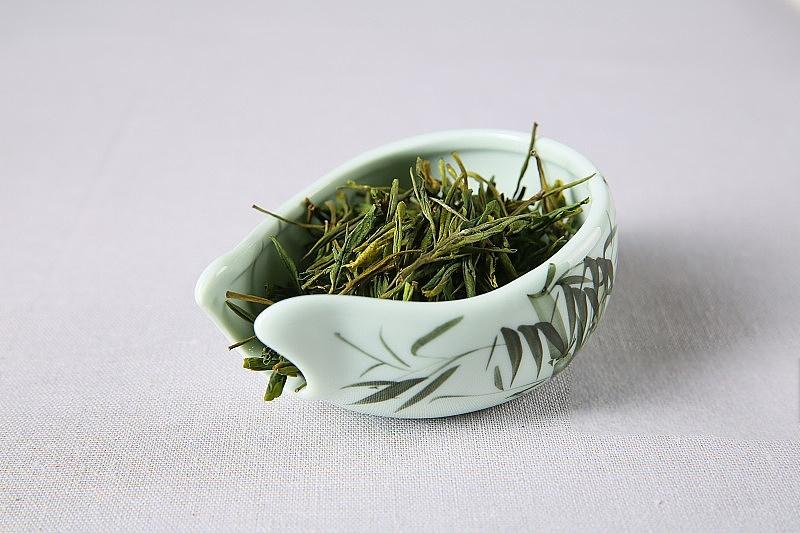
Specialty Tea Category
- Junshan Yinzhen – The Treasure of Yellow Tea
- Origin: Junshan Island, Yueyang, Hunan Province
- Unique Feature: Made entirely from tea buds; when brewed, it presents the wonderful phenomenon of “three ups and three downs” (buds rise and fall three times in the water)
- Tasting Key Point: Observe the elegant posture of the bud tips standing and floating in the cup
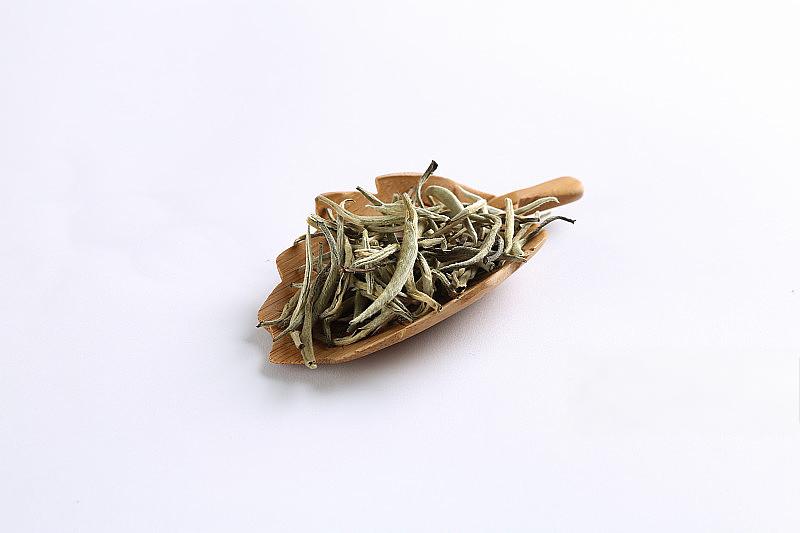
- Qimen Black Tea – One of the World’s Top Three Aromatic Black Teas
- Origin: Qimen County, Anhui Province
- Aroma Characteristics: Unique “Qimen fragrance” – similar to honey with a hint of orchid aroma
- International Reputation: Known as the “Queen of Black Tea” in the British royal family
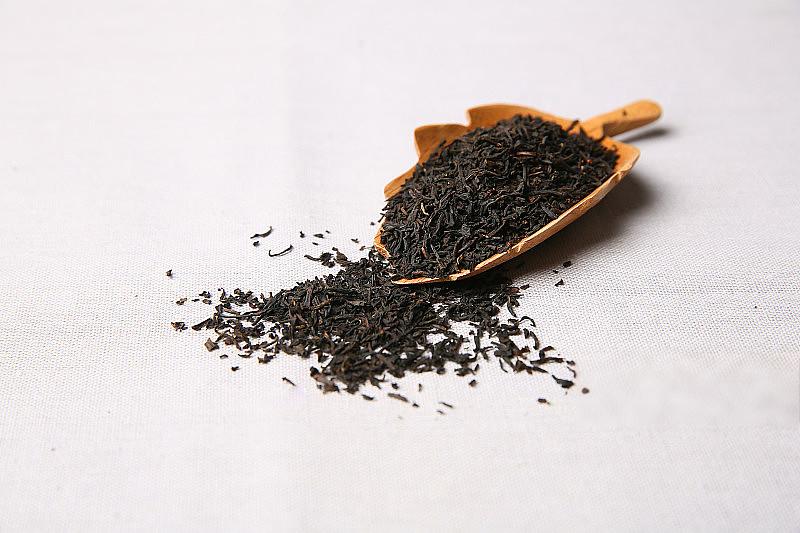
Region-Specific Famous Teas
- Liu’an Guapian – Green Tea with the Most Complex Craftsmanship
- Origin: Dabie Mountain Area, Liu’an, Anhui Province
- Production Feature: The only tea made without buds or stems, using pure tea leaves
- Craft Difficulty: Requires unique processes such as “La Laohuo” (repeated roasting over high fire)
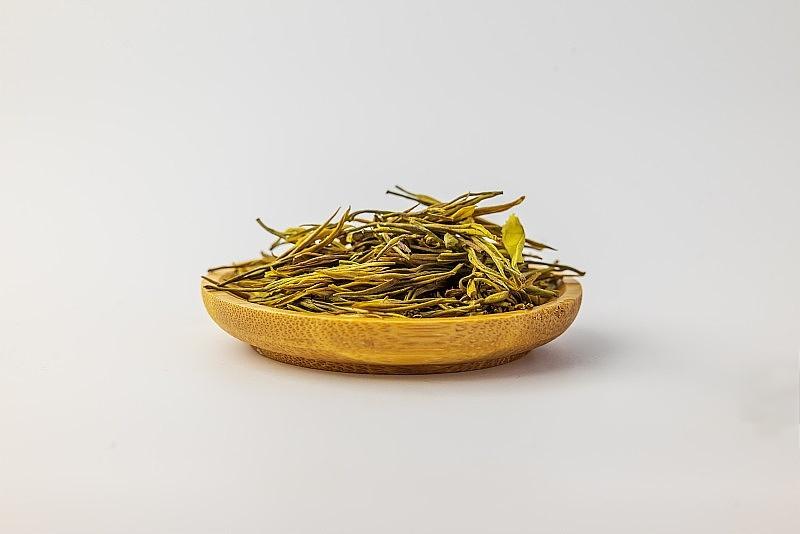
- Anxi Tieguanyin – Representative of Oolong Tea
- Origin: Anxi, Fujian Province
- Quality Traits: Heavy like iron, distinct sandy green color, and retains aroma even after seven infusions
- Aroma Layers: Combines the fresh fragrance of green tea and the mellow richness of black tea
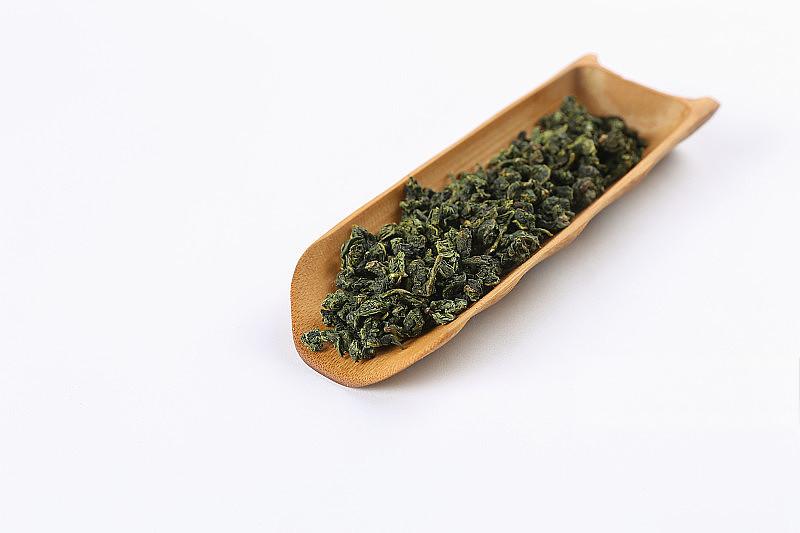
- Wuyi Rock Tea – The Charm of “Rock Bone & Floral Aroma”
- Origin: Wuyi Mountain, Fujian Province
- Core Feature: Unique “rock rhyme” (mineral flavor derived from the Danxia landform)
- Famous Varieties: Da Hong Pao (Big Red Robe), Rougui (Cinnamon), Shuixian (Narcissus), etc.
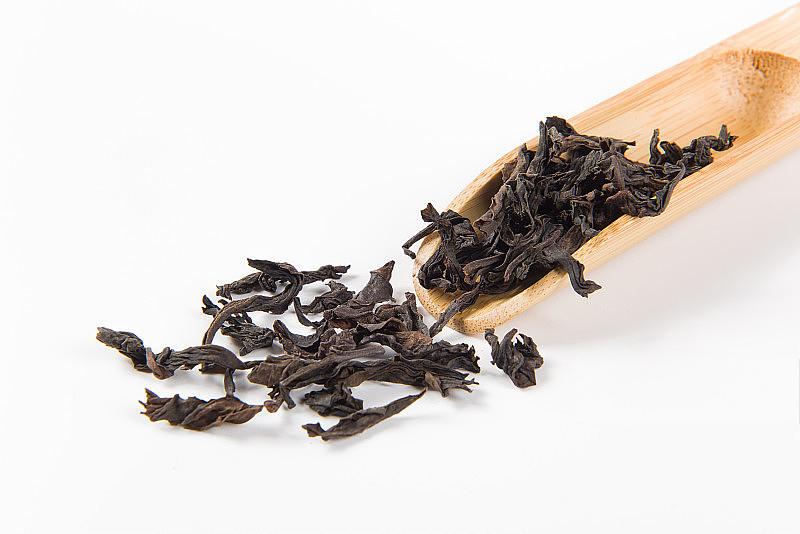
- Duyun Maojian – A Fine Tea Named by Mao Zedong
- Origin: Duyun, Guizhou Province
- Historical Allusion: Officially named and praised by Mao Zedong in 1956
- Quality Traits: Twisted shape with fuzz, and a yellowish-green color
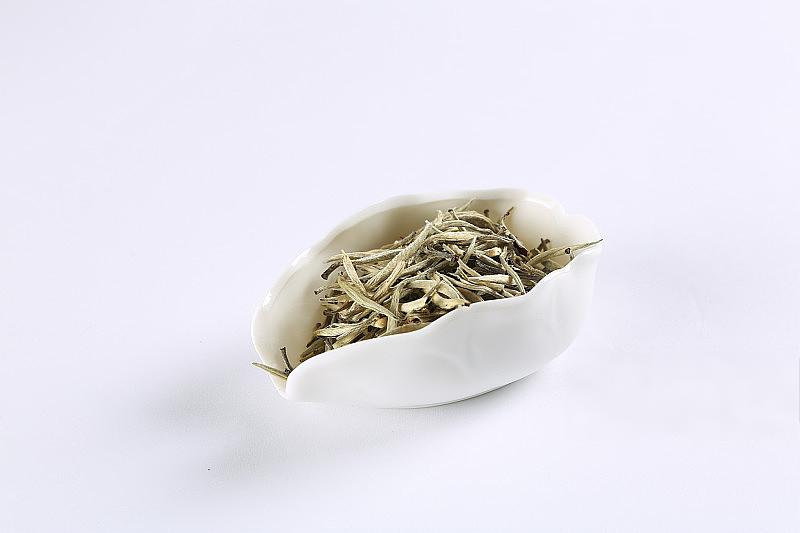
- Xinyang Maojian – Pride of Northern Tea Areas
- Origin: Xinyang, Henan Province
- Award History: Has won gold medals at world expos multiple times
- Flavor Characteristics: Elegant and fresh aroma, and a crisp, mellow taste
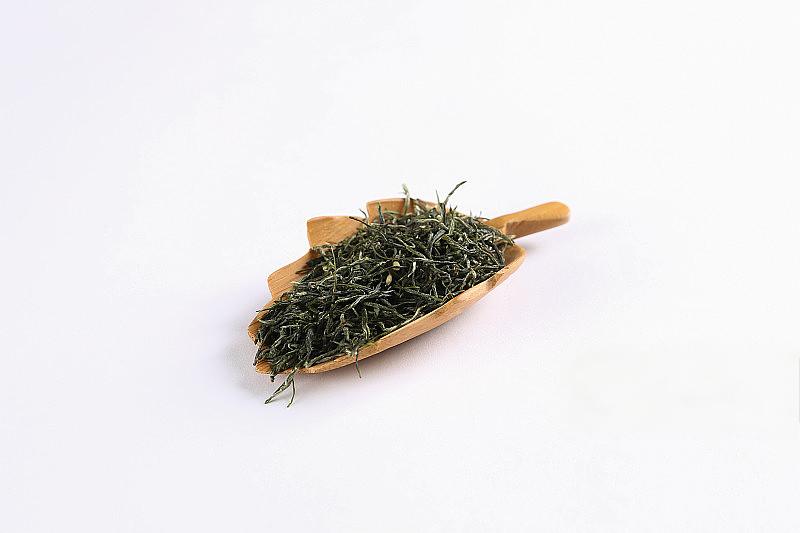
Professional Tasting Guide
Comparison Table of Brewing Parameters
| Tea Type | Water Temperature Requirement | Recommended Teaware | Steeping Time |
|---|---|---|---|
| Green Tea | 80-85°C | Glass Cup | 2-3 minutes |
| Black Tea | 95-100°C | Porcelain Teapot | 3-5 minutes |
| Oolong Tea | 100°C | Purple Clay Teapot | Quick Brewing (10-20 seconds for first infusion) |
| Yellow Tea | 85-90°C | Glass Cup | 2-3 minutes |
Tea Storage Tips
- Store in an airtight container away from light
- Keep away from odors and moisture
- Green tea is recommended to be stored in the refrigerator
- Pu’er tea is suitable for aging in a well-ventilated environment
Frequently Asked Questions (FAQs)
- Q: How to identify tea quality?
- A: Check if the dry tea leaves are uniform in shape, smell if the dry tea has a pure aroma, taste if the tea liquor is mellow, and observe if the tea leaves (after brewing) are tender and bright.
- Q: Which season produces the best tea?
- A: Spring tea is usually of the highest quality, especially “pre-Qingming tea” (picked before the Qingming Festival), which contains the most nutrients.
- Q: How many times can tea be infused?
- A: Green tea can generally be infused 2-3 times, oolong tea up to 7-8 times, and Pu’er tea can even be infused more than 10 times.
Every famous Chinese tea carries the unique local customs and tea-making wisdom of its origin. In this fast-paced era, choosing a famous tea that suits you not only allows you to savor the cultural heritage of thousands of years but also brings a moment of tranquility and enjoyment to modern life.
Which famous Chinese tea is your favorite? Feel free to share your tea-tasting experience in the comment section, or tell us which type of tea you want to learn more about!

